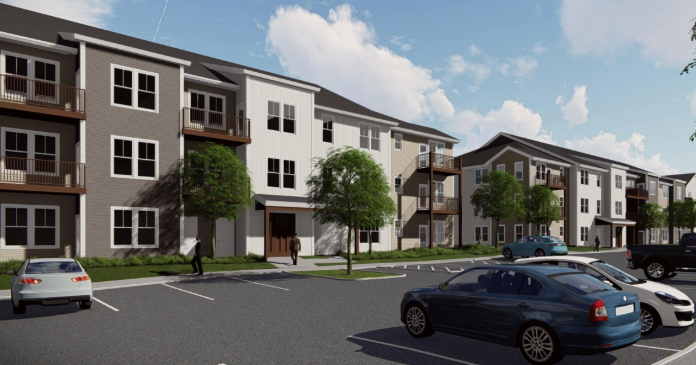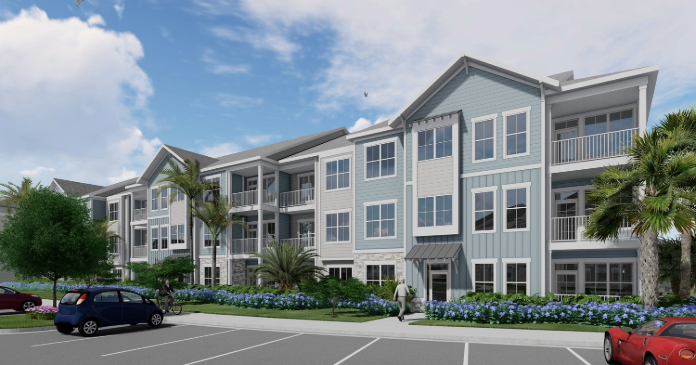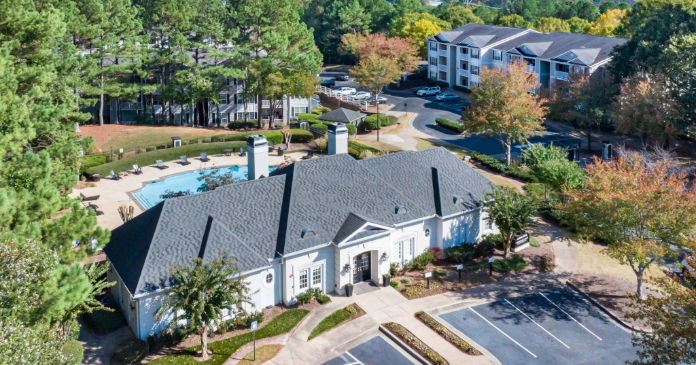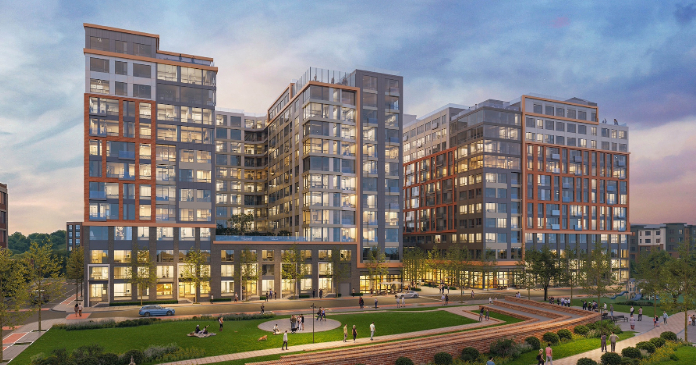Landlords pumped billions into apartment buildings during the pandemic. That bet could now go horribly wrong.
While offices have been going through a paradigmatic shift as more workers do their jobs remotely, apartment buildings have experienced robust demand.
But fault lines have emerged for investors who paid top dollar for assets that depended on substantial rent increases and persistent low interest rates to achieve profitability.
Those kinds of optimistic projections became increasingly necessary in the booming markets of 2021 and 2022, when investors grew voracious for apartment-building acquisitions, boosting competition and prices. In those years, investors purchased $355.5 billion and $299.2 billion worth of apartment buildings, according to MSCI—unprecedented sums that far surpassed the previous $194 billion record of multifamily sales in 2019.
“To win a deal in that hypercompetitive market, investors needed to make ambitious predictions how they could grow rents and control expenses,” said Will Mathews, a multifamily-investment-sales broker at Colliers. “What they’ve found is that rents have plateaued or have even come down in some markets and expenses have skyrocketed.”
The problems could mushroom as more mortgages expire at properties where fix-and-flip strategies have stalled, throwing a growing number into default.
Collateralized loans look shaky
Some of the most speculative investment deals were done with mortgages shoveled into a riskier part of the securitized-loan market known as commercial-real-estate collateralized loan obligations, or CRE CLOs. These loans generally stretched two or three years, had floating interest that rose sharply as the Federal Reserve hiked its benchmark rate, and featured higher leverage levels that covered a larger portion of an asset’s purchase price.
CRE CLO delinquency rates have been low, but observers expect an uptick.
“It’s early, but it’s going to become a bigger story, especially if interest rates stay high and lending standards are tight,” said Alan Todd, the head of commercial-mortgage-backed-securities strategy at BofA Global Research. “Right now the water is in the pot, the heat is on, but we’re waiting to see when it comes to a boil.”
There are signals of stress. A Trepp analysis found that in Washington DC, for instance, 71.9 percent of multifamily properties financed with CRE CLOs didn’t earn enough rent to cover their debts. Trepp attributed some of the pain in that pool of troubled loans, which totals about $1 billion, to the remote-work policies among federal government offices—the dominant tenant base in the city—which have allowed workers to migrate and work from afar, weakening the local rental market.
Falling property prices have compounded the problems for investors. MSCI estimated in February that apartment-building prices had fallen on average by about 8.7 percent year over year. In April, Green Street estimated they’d declined by 21 percent from a year ago.
As these short-term debts come due, they will be difficult to swap with commensurately sized loans today, because of the falling values, higher interest rates, and lender caution.
That could force landlords to pour in millions of dollars to pay the difference—cash they may not have.
Source Daniel Geiger, Insider













